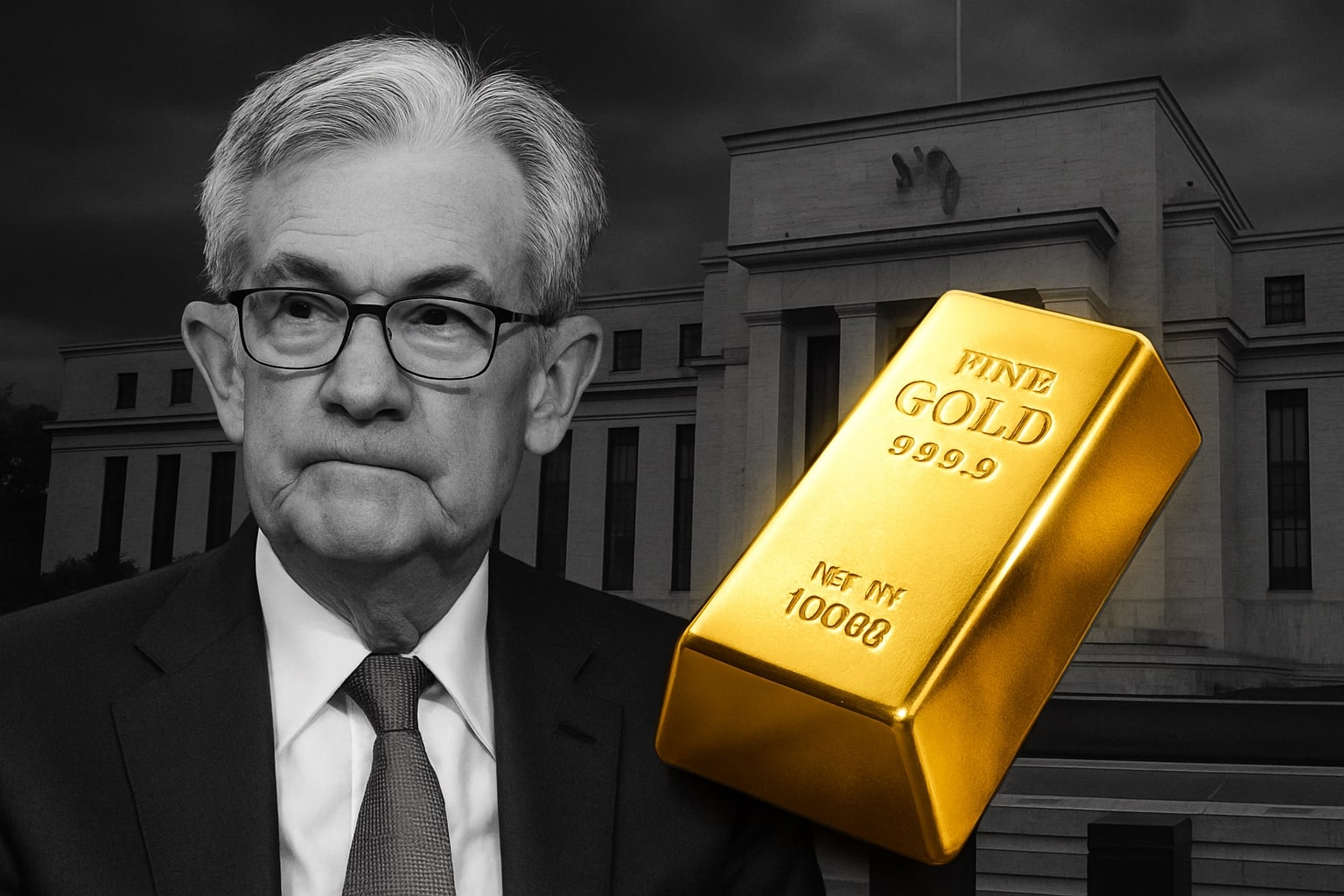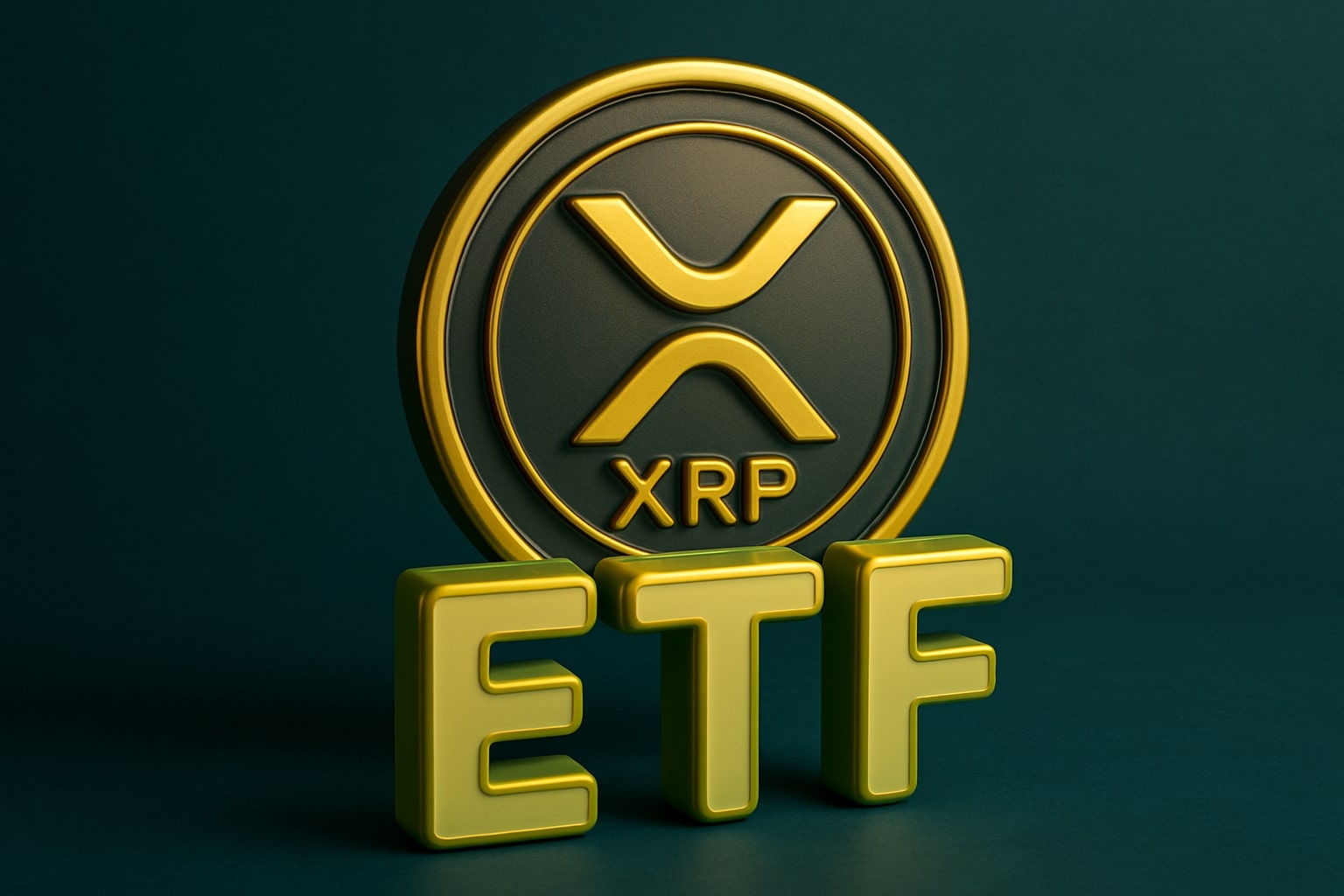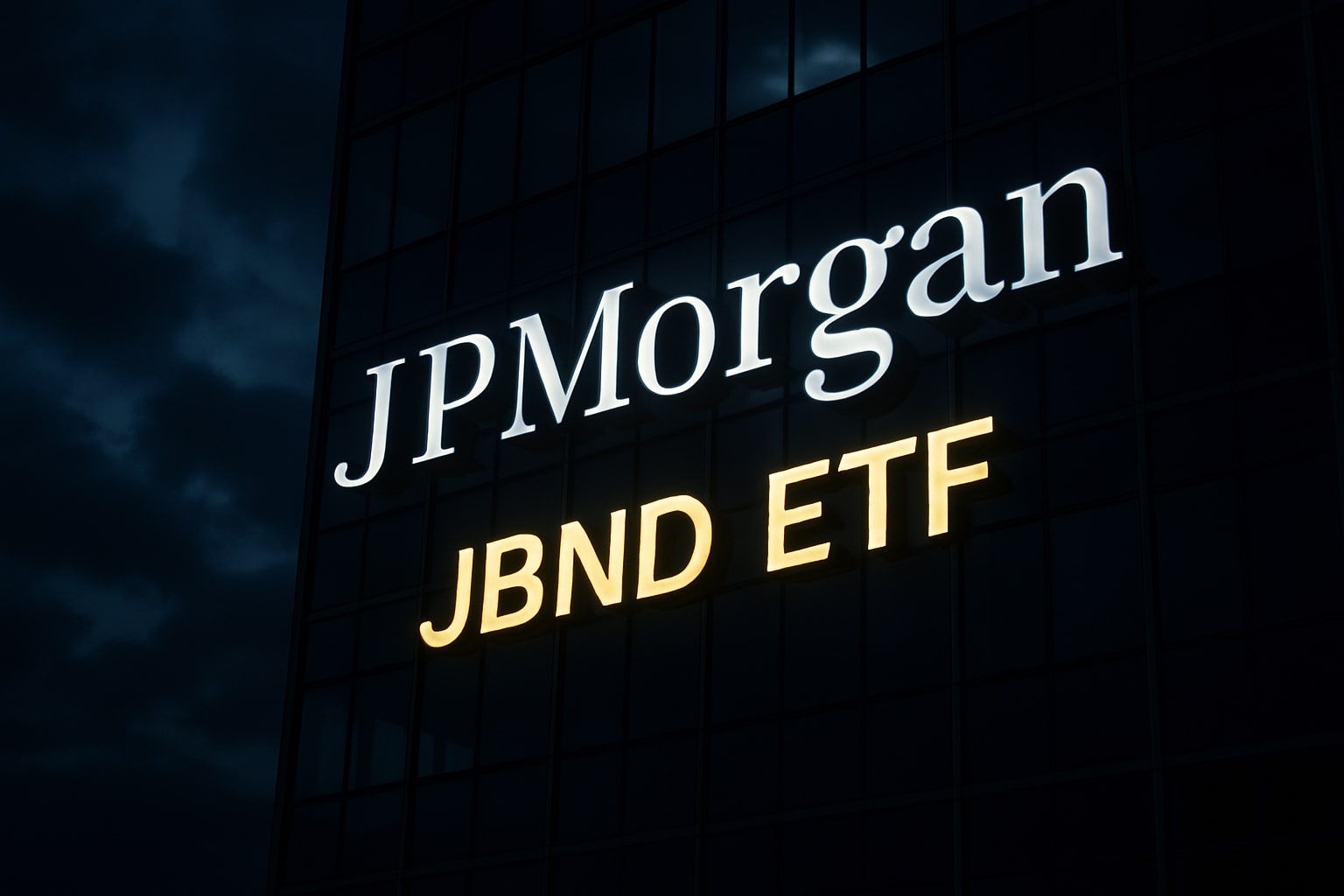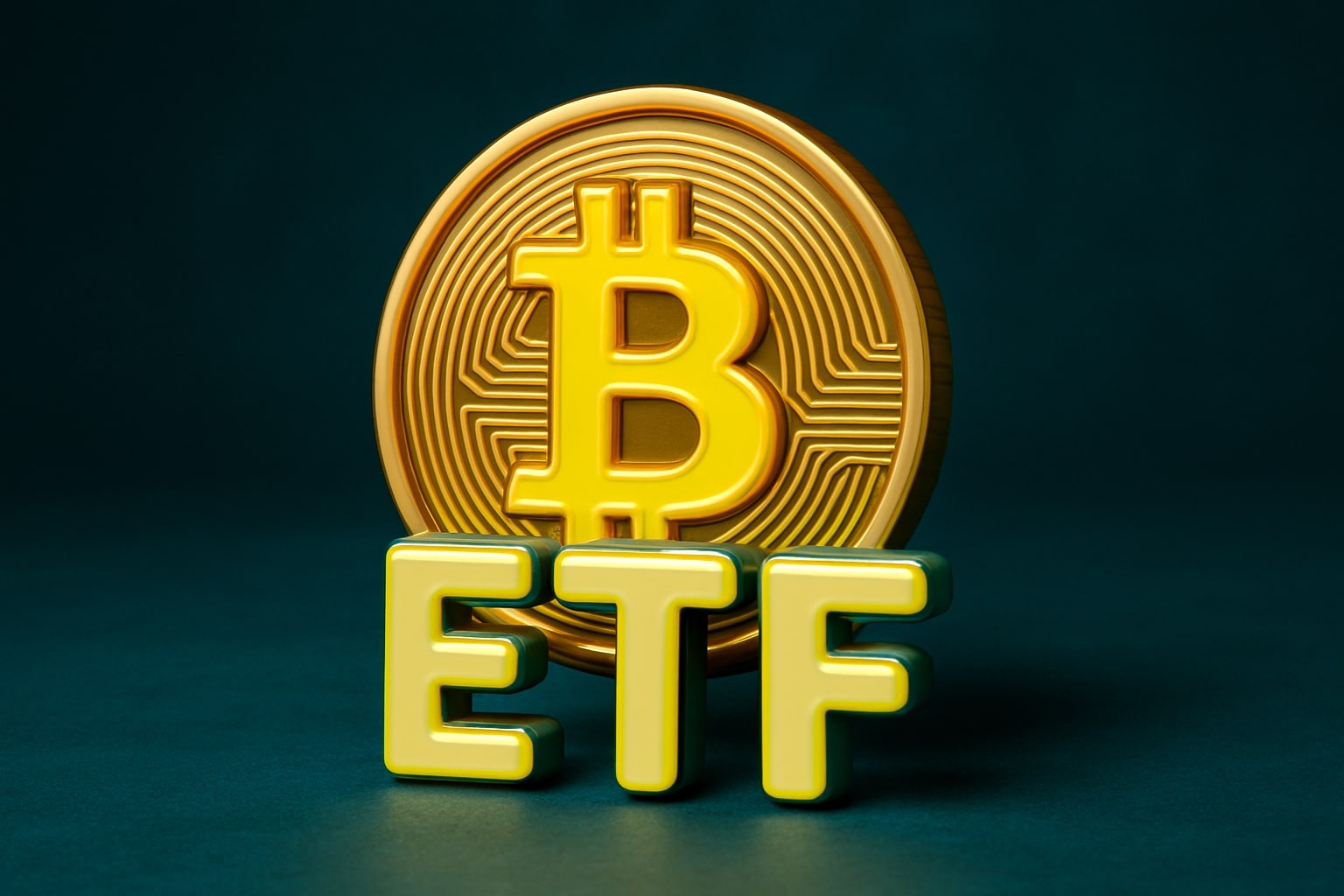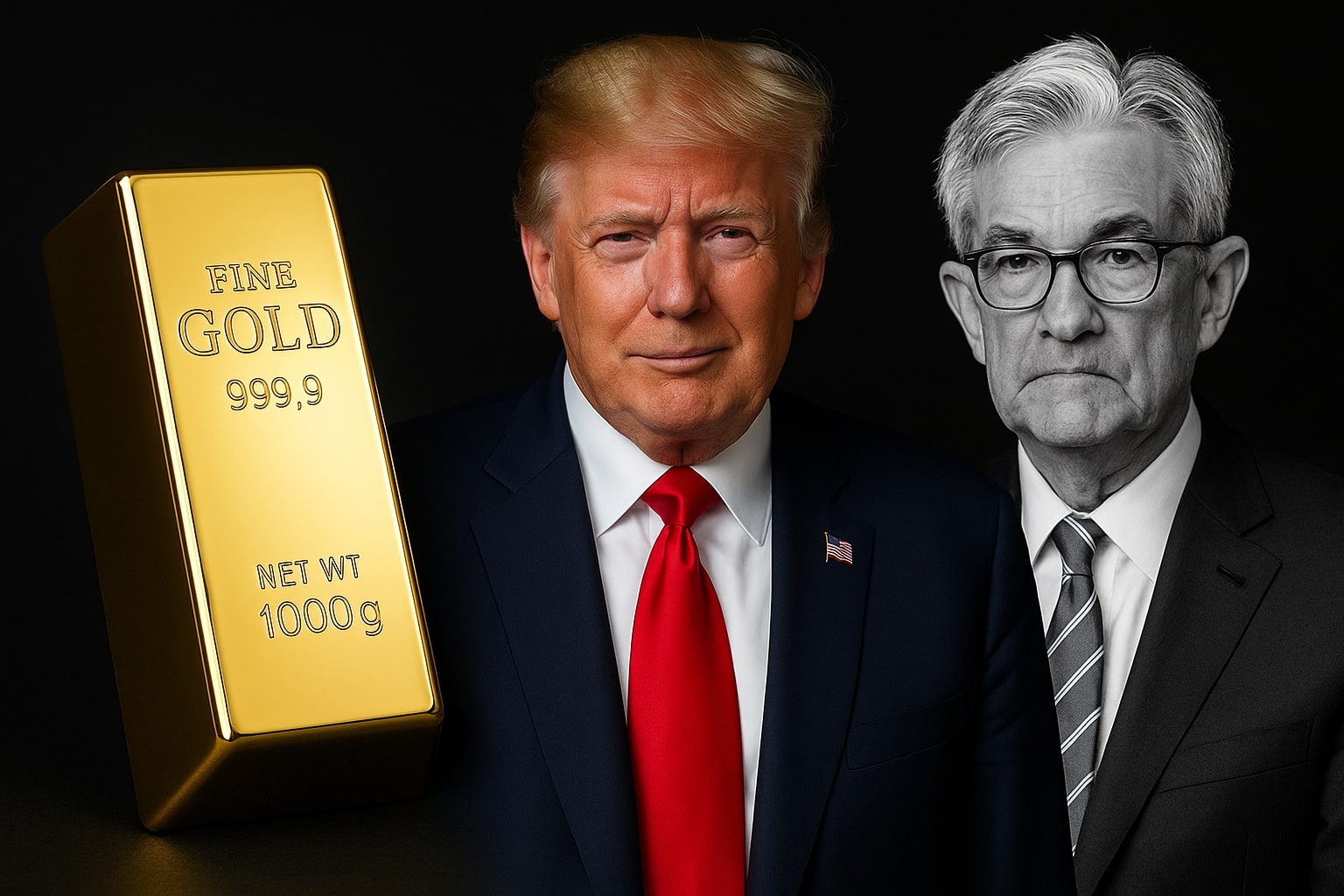
Gold Price Forecast - XAU/USD Rebounds to $4,230 After $1T Selloff as Central Banks and Asia Fuel $4,500 Outlook
After crashing from $4,380 to $4,200, gold regains momentum on 54% YTD gains, record central bank buying, 300% surge in Japan’s trading volume, and Fed rate-cut bets targeting $4,500 | That's TradingNEWS
Gold (XAU/USD) Rebounds to $4,230 After $1 Trillion Market Rout as Safe-Haven Demand Persists
Gold (XAU/USD) is trading around $4,230 per ounce, regaining traction after one of the most volatile weeks in modern market history. Following a record surge to $4,380, the precious metal suffered a dramatic reversal that erased nearly $1 trillion in market value within hours. The sharp correction, driven by a temporary strengthening of the U.S. dollar and recalibration of safe-haven flows, triggered widespread profit-taking but failed to alter the long-term structural uptrend. Even as short-term technical exhaustion took hold, gold’s dominant macro pillars—central bank accumulation, geopolitical tension, and weakening global yields—remain firmly intact.
Historic Rally Driven by Central Bank Demand and Monetary Realignment
The 2025 rally in gold stands as one of the most powerful in decades, with the metal up 54% year-to-date, the highest annual return since 1979. The rally has been fueled primarily by unprecedented central bank purchases, led by China and India, as part of an ongoing de-dollarization strategy. These strategic flows have redefined gold’s market structure, lifting physical demand to record highs and tightening supply. According to INVERCO data, European gold investment funds saw returns exceeding 100% this year, ranking among the top-performing assets globally. In parallel, global exchange-traded funds (ETFs) linked to gold reported surging inflows amid investor demand for protection against U.S. debt concerns and monetary policy uncertainty.
Record-Breaking Momentum Meets Technical Exhaustion
Gold’s breakout through $4,000 marked its ninth consecutive weekly advance—the longest streak since August 2020—driven by persistent geopolitical risk and expectations of near-term rate cuts by the Federal Reserve. The move to $4,380 represented the largest single-week trading range on record, with volatility levels not seen since the 2008 crisis. Technical readings signaled extreme overextension as momentum reached levels comparable only to April 2006. Analysts warned of “exhaustion risk” as bulls pushed into resistance zones between $4,084–$4,113, with upper projections stretching toward $4,583. Short-term traders began locking in gains, prompting a retracement to $4,200—a natural pause in a structurally bullish cycle rather than the onset of a reversal.
Japanese Trading Volume Soars 300%, Reinforcing Global Demand
The epicenter of gold’s latest surge lies in Japan, where trading volume in spot gold soared by 300%, marking one of the largest single-country increases in history. The spike reflects both investor anxiety and strategic hedging, as Japanese institutions seek insulation from currency depreciation and regional instability. The surge in yen-based gold contracts has positioned Japan as a major price driver in the global market, amplifying liquidity and contributing to the intraday volatility seen in recent sessions. Analysts note that the increase is not purely speculative—large pension and insurance funds are actively expanding allocations as part of long-term diversification away from negative real yields.
Liquidity Rotation: $1 Trillion Exits Gold Market as Bitcoin (BTC-USD) Crosses $106,000
The gold market’s sharp selloff coincided with an extraordinary liquidity migration toward digital assets, most notably Bitcoin (BTC-USD), which surged above $106,000 as gold corrected. Over $1 trillion was withdrawn from gold positions, temporarily weighing on prices but revealing an important cross-asset relationship: investors are not abandoning gold, but reallocating between tangible and digital safe-havens. The correlation between BTC and gold flipped negative in October, with institutional traders exploiting arbitrage between both markets. The short-term shift has raised speculation that Bitcoin is increasingly viewed as a high-beta hedge alongside gold rather than a competing asset. However, institutional sources confirm that large funds, including BlackRock (NYSE:BLK), maintain significant physical gold exposure as a stabilizer against digital volatility.
Macroeconomic Drivers: Dollar Strength, Tariff Policy, and Fed Expectations
Friday’s pullback was exacerbated by a modest rebound in the U.S. Dollar Index (DXY), which climbed 0.1%, making dollar-denominated gold temporarily more expensive for foreign buyers. Meanwhile, comments from former U.S. President Donald Trump, signaling a softer stance on China tariffs, dampened immediate demand for defensive assets. U.S. gold futures for December delivery closed at $4,213.30, down 2.1% on the session. Still, markets continue to price in two 25-basis-point rate cuts by the Federal Reserve—one in October and another in December—creating a favorable backdrop for non-yielding assets like gold. With the next FOMC meeting scheduled for October 29, traders are recalibrating exposure around inflation data and real yield trends, both of which remain supportive of continued gold strength through year-end.
Structural Demand from Asia Offsets Short-Term Corrections
Physical demand across Asia remains robust. In India, festival season has pushed gold premiums to decade highs, while Chinese retail demand continues to accelerate amid local equity market weakness. Combined Asian consumption is expected to exceed 1,300 tons in 2025, the highest level since 2011. These flows are reinforcing the physical floor around $3,850–$3,900, limiting downside risk. The Shanghai Gold Exchange reported record withdrawals of 321 tons in September alone, underscoring how retail and institutional appetite remains firm even as speculative Western flows unwind. This divergence between physical and paper markets supports the thesis that gold corrections are transitory within an ongoing super-cycle.
Read More
-
JBND ETF Stabilizes Near $54.16 as Cooling Real Yields and Firm Credit Spreads Fuel a Stronger Outlook
13.11.2025 · TradingNEWS ArchiveStocks
-
XRPC ETF Roars Out of the Gate With $26M as XRPI at $13.51 and XRPR at $18.98 Lead a New XRP ETF Market Cycle
13.11.2025 · TradingNEWS ArchiveCrypto
-
Natural Gas Price Surges Toward Multi-Year Highs as $4.60 Breakout Collides With Winter Demand
13.11.2025 · TradingNEWS ArchiveCommodities
-
USD/JPY Price Forecast - Yen Surges Toward 155.00 as BoJ Uncertainty and U.S. Data Backlog Ignite a High-Risk Breakout
13.11.2025 · TradingNEWS ArchiveForex
European and U.S. Funds Rebalance Portfolios as Yields Stabilize
Across Europe, mutual and pension funds have recorded one of their strongest performances in recent history. Data from INVERCO show that equity funds in Spain gained 31.66% in the first nine months of the year, yet defensive strategies like gold outperformed by a wide margin. At Generali Investments, strategists warned that risk assets are moving into narrow valuation ranges, but gold remains justified as a strategic hedge amid record-low euro credit spreads. Deutsche Bank’s CIO, Christian Nolting, maintains a cautiously optimistic tone, highlighting “temporary setbacks” but reaffirming that gold’s long-term trajectory remains underpinned by structural imbalance between supply and demand. Meanwhile, U.S. ETFs continue to attract inflows as Treasury yields stabilize near 4%, signaling investor confidence in gold as a medium-term store of value.
Technical Landscape: Key Resistance and Support Zones for XAU/USD
From a technical standpoint, XAU/USD faces immediate resistance between $4,084–$4,113, representing the upper bounds of the recent breakout channel. A weekly close above $4,308 would confirm renewed bullish momentum toward $4,583–$4,592, with extreme targets at $4,753. On the downside, support is firmly anchored near $3,859, coinciding with the monthly open, while $3,782 marks the 61.8% Fibonacci retracement of the May advance. A break below that would suggest deeper correction potential toward $3,666, though such a scenario remains improbable given the underlying macro tailwinds. Volatility indicators remain historically elevated, with the average weekly range exceeding $300, emphasizing the need for disciplined position sizing.
Geopolitical Risk Premium and Fiscal Uncertainty Sustain Safe-Haven Flow
Persistent fiscal instability and geopolitical escalation continue to drive the safety premium embedded in gold’s valuation. The ongoing U.S. government shutdown debate and rising debt service costs have eroded confidence in the dollar’s long-term stability, pushing sovereign funds to diversify reserves. Simultaneously, conflicts across the Middle East and Eastern Europe have elevated gold’s geopolitical hedge function, with risk premiums adding an estimated $250–$300 to current spot prices. Analysts at Vontobel emphasize that these structural factors—ranging from fiscal deficit expansion to central bank balance-sheet constraints—create an environment where gold remains systematically favored over fiat currencies.
Gold’s Correlation with Equities and the “Wall of Worry” Narrative
Despite record highs, the rally in gold coincides with booming equity markets, underscoring investor polarization. The S&P 500 (SPX) trades near 6,664, and the Nasdaq (NDX) at 22,680, suggesting that both risk-on and risk-off assets are advancing simultaneously. This “wall of worry” dynamic reflects liquidity-driven exuberance amid expectations of 2026 fiscal stimulus and AI-led productivity growth. Yet, historical data show that periods when gold and equities rise together often precede macro rebalancing phases. For diversified investors, this alignment strengthens the case for gold as both a hedge and a performance enhancer within multi-asset portfolios.
The Case for Continued Strength: Structural Supply Deficit and Central Bank Resilience
Global mine output has struggled to keep pace with investment demand. Production growth remains capped below 1.5% annually, while recycling flows are down nearly 18% year-over-year. Meanwhile, central bank holdings have reached 37,000 tons, a post–Bretton Woods record. Nations such as China, Turkey, and India continue to accumulate reserves as a direct counterbalance to U.S. Treasury exposure. With real yields hovering near zero and global inflation expectations edging higher, gold’s opportunity cost remains minimal. The interplay between constrained supply and consistent demand supports a sustained upward trajectory into 2026.
Verdict: BUY — XAU/USD Targets $4,500 With Support at $3,850
Gold’s sharp pullback from record highs represents a technical breather, not a structural reversal. The combination of central bank accumulation, Asian physical demand, and macro uncertainty continues to underpin a bullish thesis for XAU/USD. As long as prices hold above $3,850, the risk-reward dynamic remains favorable for long positioning. Upside targets stretch toward $4,500, with potential extension to $4,750 under sustained dollar weakness and further rate cuts. In a world of fragile fiscal stability and geopolitical unpredictability, gold remains the most credible global hedge. Trading stance: BUY — structural bull trend intact.
















